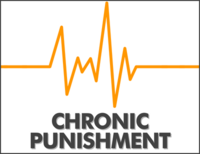HELP US KEEP YOU INFORMED
The Prison Policy Initiative is your go-to source for timely and actionable criminal justice data, and we work hard to get you the information you need on pages like this one.
We need your help to do more. Can you support your favorite resource with a gift today?
With gratitude,
Peter Wagner, Executive DirectorDonate
We need your help to do more. Can you support your favorite resource with a gift today?
With gratitude,
Peter Wagner, Executive DirectorDonate
Conditions of confinement
Prison and jail conditions such as solitary confinement, inhospitable environments, labor, discipline, food, and more
Pages Updated On: 13-Dec-2024 - 16:16:53
Links Engine 2.0 By: Gossamer Threads Inc.



